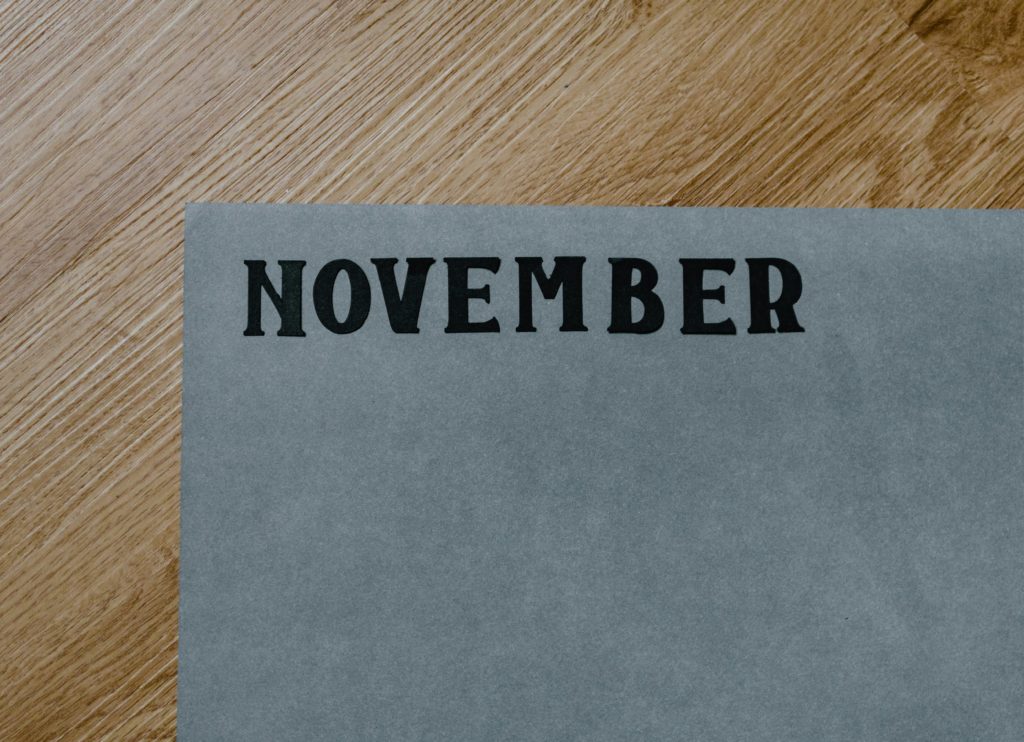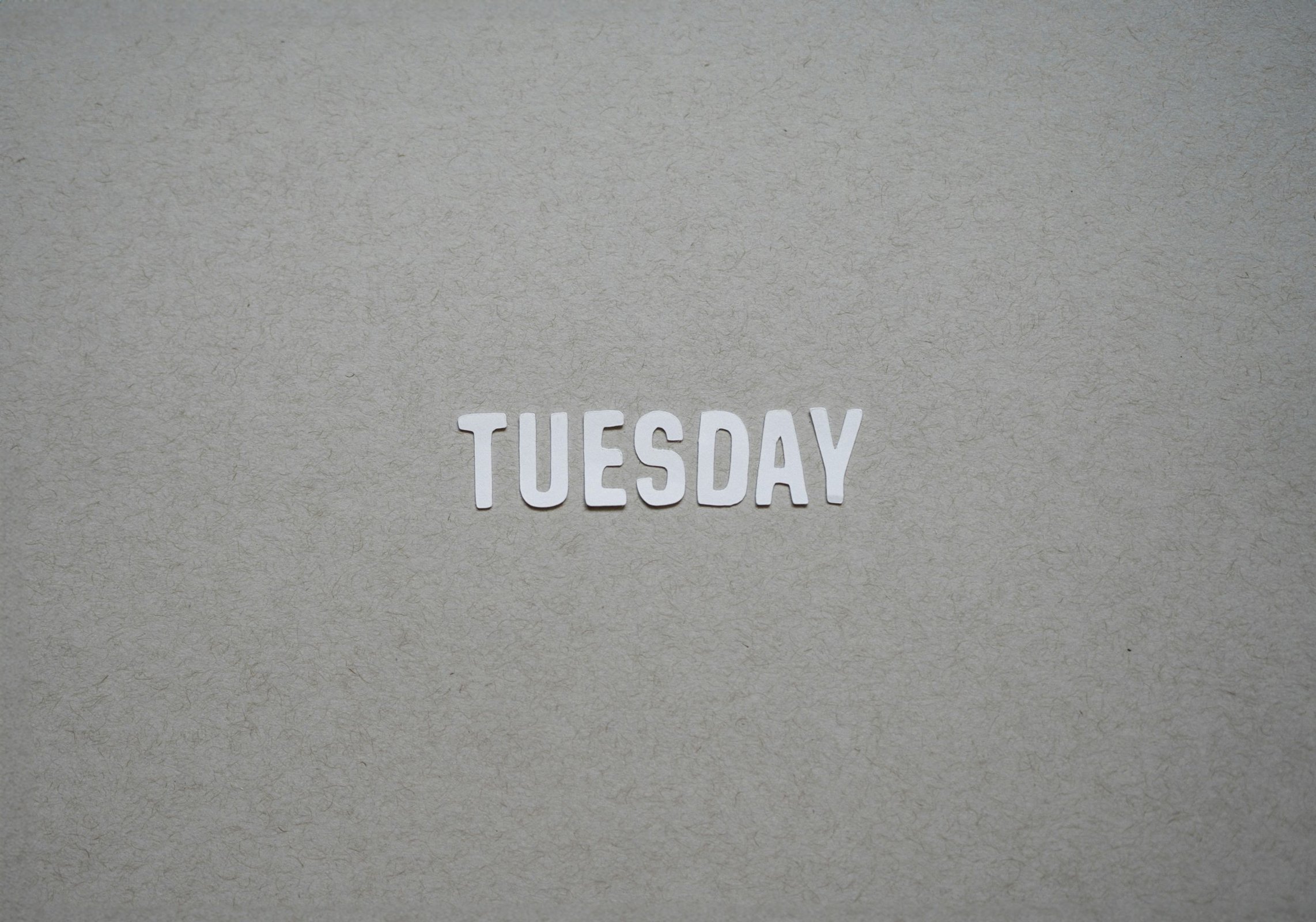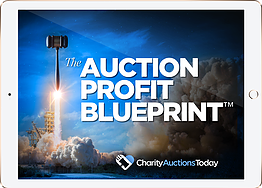DOWNLOAD The Auction Profit Blueprint
The 4 tools BIG organizations use every time to skyrocket auction profits!
The Step-By-Step Guide to stop leaving thousands on the table.
Explore Giving Tuesday best practices with CharityAuctionsToday. We can help you plan a yearly event that will boost your bottom line.

Giving Tuesday is a global phenomenon. It’s a day dedicated to generosity and giving back.
But how can nonprofits maximize their impact on this day?
This article aims to answer that question. We’ll explore Giving Tuesday best practices, strategies, and innovative ideas.
We’ll delve into the importance of early planning. We’ll discuss how to set clear goals and craft compelling messages.
We’ll also look at the role of storytelling. How can it enhance your campaign?
Social media and email marketing are crucial. We’ll provide tips on how to leverage these platforms for maximum engagement.
Community involvement is key. We’ll share ideas on how to engage volunteers and the wider community in your campaign.
We’ll also explore innovative campaign ideas. From peer-to-peer fundraising to corporate partnerships, we’ll cover it all.
We’ll discuss the importance of tracking and analyzing campaign data. How can this information help refine your strategy?
Donor retention is another crucial aspect. We’ll share effective follow-up strategies to keep your donors engaged beyond Giving Tuesday.
Finally, we’ll look at what happens after Giving Tuesday. How can you maintain the momentum and continue to engage your supporters?
Whether you’re a seasoned Giving Tuesday participant or planning your first campaign, this article is for you. Let’s dive in and explore how to maximize your impact on Giving Tuesday.
Understanding the essence of Giving Tuesday is vital. It started as a simple idea but has transformed into a worldwide movement.
Giving Tuesday is not just a day; it’s a phenomenon that mobilizes people. Its focus is on doing good in their communities.
The event encourages collaboration. Organizations around the world join forces to highlight causes.
With technology, the reach of Giving Tuesday has expanded. It’s now a global event that transcends borders.
It’s crucial to grasp its significance. Knowing the impact can help organizations strategize better.
There are various ways nonprofits can align themselves with the goals of Giving Tuesday. Embracing the spirit of the day is the first step.
A successful campaign often involves multiple elements. These include planning, engagement, and storytelling.
Understanding the heart of Giving Tuesday sets the foundation for effective participation. It inspires strategic actions that can lead to impressive outcomes.
Giving Tuesday began in 2012. The initiative was spearheaded by the 92nd Street Y in New York. The aim was to counteract consumerism with altruism.
The impact was significant from the start. People began to see it as a day to give back following the retail frenzy of Black Friday and Cyber Monday.
In its first year, the movement saw widespread engagement. Social media fueled its rapid growth, with the hashtag #GivingTuesday gaining global traction.
As years passed, the movement broadened its scope. Communities across nations started participating, turning it into a vast collective of generosity.
Its growth has been driven by the simple idea that every act of generosity counts. This philosophy resonates with many, making Giving Tuesday widely embraced.
Giving Tuesday has had a profound global impact. It has united millions in various acts of kindness and giving.
It provides a platform for nonprofits to amplify their message and raise vital funds. But its influence extends beyond just donations.
Internationally, Giving Tuesday has inspired people to engage with causes. This movement leads to a substantial increase in community involvement and volunteerism.
Countries around the globe celebrate in their unique ways, adapting the concept to local needs. This adaptability has helped the movement flourish worldwide.
The impact is tangible, with stories of generosity reaching far and wide. Each year, the day brings about positive change in countless communities.
For nonprofits, Giving Tuesday is a critical opportunity. It’s a chance to boost visibility, engagement, and funding.
It serves as a catalyst for new and sustained donor relationships. Nonprofits can leverage this day to inspire action and increase their reach.
Moreover, it brings attention to diverse causes. This visibility is invaluable for building awareness and garnering support.
Ultimately, Giving Tuesday helps nonprofits make significant strides. It’s a platform that amplifies their voice and impact globally.
Preparation is key to maximizing your impact on Giving Tuesday. It’s an event that requires thoughtful planning and execution. A well-prepared strategy can set the stage for successful outcomes.
Nonprofits should consider multiple factors during the planning phase. From goal setting to donor engagement, each element plays a vital role. Organize your approach by breaking it down into smaller, manageable tasks.
Start early to ensure a smooth campaign. Giving Tuesday is a major event, so planning months in advance is ideal. This allows time to develop strategies and coordinate resources effectively.
An early start affords opportunities to align the team. It ensures everyone understands their roles and responsibilities. Early preparation also provides time to troubleshoot potential issues before they arise.
In your timeline, include key milestones and deadlines. Regular check-ins can help keep the campaign on track. Adjust the plan as needed, maintaining flexibility to respond to new challenges and opportunities.
Defining clear goals is crucial for Giving Tuesday success. Determine what you want to achieve, whether it’s fundraising targets or increasing volunteer engagement. Clear objectives guide the campaign’s direction and focus efforts.
Goals should be specific, measurable, and achievable. For instance, aim to raise a certain amount of money or attract a set number of new donors. Well-defined goals provide motivation and a benchmark for success.
Share these goals with your team and stakeholders. Transparency fosters collaboration and encourages ownership of the campaign’s success. Keep everyone informed and invested in reaching the common objectives.
Crafting a compelling message is essential. Your message should resonate with your audience and clearly communicate your cause’s impact. A strong message can inspire action and drive engagement.
Focus on emotional storytelling to connect with potential donors. Highlight the positive outcomes of their contributions. Personal stories of those impacted by your work can be particularly persuasive.
Ensure consistency across all channels. From emails to social media posts, the message should be clear and unified. This reinforces your campaign’s theme and strengthens your call to action.
Your donation page is where conversions happen. An optimized page is crucial to capturing donor interest. It should be intuitive and easy to navigate, with clear calls to action.
First, ensure the page is mobile-friendly. Many users will access it via smartphones. Streamlining the checkout process can reduce drop-off rates, leading to higher conversion.
Include engaging visuals and clear descriptions of what donations support. Highlight security features to assure donors of transaction safety. An effective donation page can significantly enhance your overall fundraising success.
Engaging your audience is crucial for a successful Giving Tuesday campaign. Interaction fosters connection and inspires action. People are more likely to contribute to causes they feel connected to.
Storytelling is a powerful tool. It connects donors to your mission. A compelling narrative can transform potential supporters into passionate advocates.
Begin with a clear message of your organization’s impact. Highlight the lives changed by donations. Personal anecdotes often resonate more deeply.
Use vivid language and emotional appeal. Offer a glimpse into the challenges faced by those you help. Stories should evoke empathy and a sense of urgency.
Social media is a dynamic platform for engagement. It allows for real-time interaction and broader reach. Utilize it to share stories, updates, and calls to action.
Create a social media calendar. Plan posts around key campaign moments. Consistency is key to sustaining engagement.
Deploy the following tactics to boost engagement:
Email remains a powerful medium for campaigns. It offers a direct line to your supporters. With thoughtful crafting, emails can convert interest into action.
Segment your email list. Tailor messages to different audience groups. Personalized emails see higher engagement rates.
Consider these email marketing tips:
Community involvement amplifies impact. Engaging volunteers extends your reach. Their enthusiasm can inspire others to contribute.
Host events or initiatives that involve the local community. In-person or virtual, these create a shared sense of purpose. Community events can foster personal connections.
Empower volunteers to advocate on your behalf. Provide them with resources and tools. Their stories and enthusiasm can broaden your audience and attract new supporters.
By strategically engaging your audience, you create a ripple effect of giving. Through storytelling and proactive interaction, you open doors to new possibilities and amplify your cause.

by Kelly Sikkema, Unsplash
Creativity can set your Giving Tuesday campaign apart. Innovative ideas engage donors and enhance your impact. Let’s explore a few compelling strategies.
Peer-to-peer fundraising empowers supporters to fundraise on your behalf. This extends your reach beyond your usual network. People are more likely to give when asked by someone they trust.
Encourage supporters to set up personal fundraising pages. They can share their reasons for supporting your cause. This personal touch often moves potential donors.
Consider organizing fundraising challenges. These create excitement and competition. For example, “most funds raised” or “largest number of donors.” Prizes or recognition add motivation.
Corporate partnerships can amplify your campaign’s reach. Companies with social responsibility goals seek impactful alliances. Collaborating with them can provide mutual benefits.
Matching gift programs double donor contributions. They add a sense of urgency and value to donations. Highlight these benefits in your campaign.
Explore these partnership ideas:
Virtual events bring people together from anywhere. They offer flexibility and broad participation. Creativity in virtual settings captures attention.
Design interactive experiences that engage diverse audiences. Think of a virtual trivia night or an online auction. Make participation engaging and seamless.
Enhance your virtual initiatives with these elements:
Influencers and brand ambassadors can extend your campaign’s reach. Their established audiences provide ready exposure. Align with those who share your values for authenticity.
Select influencers who resonate with your mission. Their personal connections foster trust and engagement. Engage them early to build rapport and understanding.
Provide them with engaging content and clear messages. Encourage them to share their stories and why they support your cause. Their endorsement adds credibility and amplifies your reach.
By integrating these innovative strategies, you can set your Giving Tuesday campaign apart. Each approach adds unique dimensions to your efforts, fostering deeper engagement and broader impact.
Adhering to best practices can significantly enhance your Giving Tuesday efforts. Each section below offers insights into maximizing impact and fostering continued engagement.
Diverse marketing channels increase your campaign’s reach. Utilize email, social media, and traditional media to cover all bases of Giving Tuesday engagement. Each platform has unique strengths that can amplify your message.
Email campaigns can deliver personalized messages directly. They are perfect for sharing detailed information. Social media excels at creating excitement and engagement quickly.
Ensure consistency across all channels. Your message should reflect a unified campaign theme. This builds recognition and reinforces your cause’s urgency and importance.
Data analysis is key to understanding your campaign’s success. Collect and evaluate metrics throughout Giving Tuesday. This will reveal areas for improvement and validate effective strategies.
Monitor key performance indicators (KPIs). These may include donation amounts, engagement rates, and website traffic. This data illuminates trends and guides future planning.
Consider tracking the following:
Utilize analytics tools to streamline data collection. Real-time insights allow for quick adjustments during your campaign. This adaptive approach maximizes efficiency and impact.
Retaining donors requires personalized engagement beyond Giving Tuesday. It’s crucial to convert one-time donors into long-term supporters. Follow-up communication is vital for this transformation.
Recognize donors with personalized thank-you messages. Highlight the impact of their contributions. Timely acknowledgment strengthens their connection to your cause.
Consider implementing these strategies:
Create a donor retention plan for post-Giving Tuesday. This plan should include regular updates and engagement initiatives. Consistency is key to maintaining donor interest and support.
Technical issues can impede your campaign’s success. Prepare to mitigate challenges before they arise. This ensures a smooth experience for donors and supporters.
Optimize your website for mobile users. Ensure that the donation process is clear and secure. Test all platforms to identify potential issues well in advance.
Staffing is also critical on Giving Tuesday. Ensure adequate team members are available to handle inquiries and problems. Their readiness can make or break the success of your campaign.
Develop contingency plans for common technical issues. Being proactive minimizes disruption and enhances user experience. This preparation builds confidence and trust in your organization.
Reflecting on your achievements after Giving Tuesday is crucial. It sets the stage for continued growth and engagement. Identify what worked well and where improvements are needed.
Consider hosting a debrief session with your team. Discuss the highlights and low points. This open dialogue fosters teamwork and improves future campaigns.
Stay connected with your supporters. Share follow-up messages that highlight the impact of their contributions. Maintaining communication is essential to keep donors engaged.
Use Giving Tuesday as a springboard for future campaigns. Plan a strategy that leverages the momentum gained. This proactive approach ensures sustained donor interest.
Create a list of the following post-Giving Tuesday activities:
Implementing these strategies maintains the energy of Giving Tuesday. It positions your organization for ongoing success and stronger community ties.
Celebrate your campaign’s successes openly. Recognition is a powerful motivator for team members and donors alike. Share milestones and achievements with transparency.
Thank donors and volunteers prominently. Use social media and newsletters to showcase their contributions. Acknowledgement fosters loyalty and a sense of community.
Highlight specific stories or examples of outstanding support. These narratives personalize the giving experience. They inspire continued participation and enhance team morale.
Dive into your campaign’s data for insights. Analyze key metrics to pinpoint strengths and weaknesses. This analysis is foundational for planning future initiatives.
Collect feedback from donors, volunteers, and staff. Their perspectives offer invaluable insights into your campaign’s effectiveness. Use surveys or informal discussions to gather this information.
Review the feedback with an open mind. Identify patterns that can guide improvements. Incorporate suggestions that align with your organization’s goals.
Use insights from your analysis to chart a path forward. Set specific goals for upcoming campaigns. These goals should be ambitious yet achievable.
Outline a roadmap that aligns with your mission. Include strategies that expand your reach and deepen engagement. This framework supports steady growth and innovation.
Consider these steps for future planning:
Looking ahead with a strategic mindset ensures sustained success. It energizes your team and strengthens your community impact.
Giving Tuesday offers a unique opportunity to engage and inspire action. By implementing effective strategies, organizations can maximize their impact and reach new audiences. Proper planning, compelling storytelling, and strategic engagement are essential components of a successful campaign.
As you move forward, leverage the lessons learned and insights gained. Keep your community involved and energized beyond Giving Tuesday. By doing so, you build a strong foundation for ongoing support and lasting change. Stay adaptable and open to new ideas, ensuring your organization thrives in future endeavors.
DOWNLOAD The Auction Profit Blueprint
The 4 tools BIG organizations use every time to skyrocket auction profits!
The Step-By-Step Guide to stop leaving thousands on the table.

